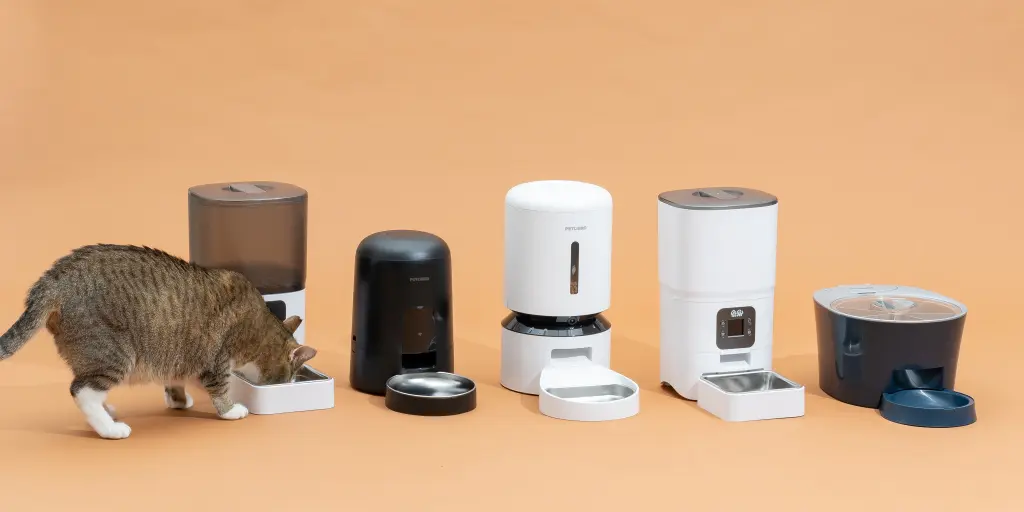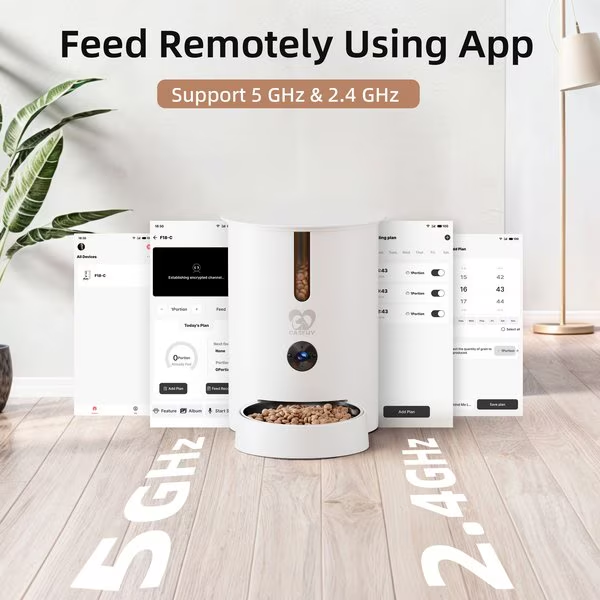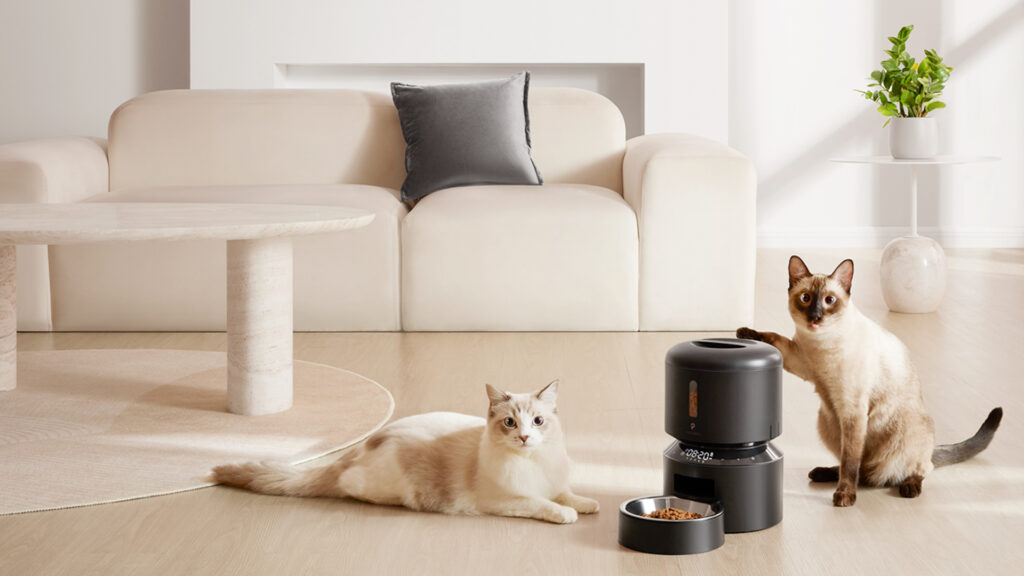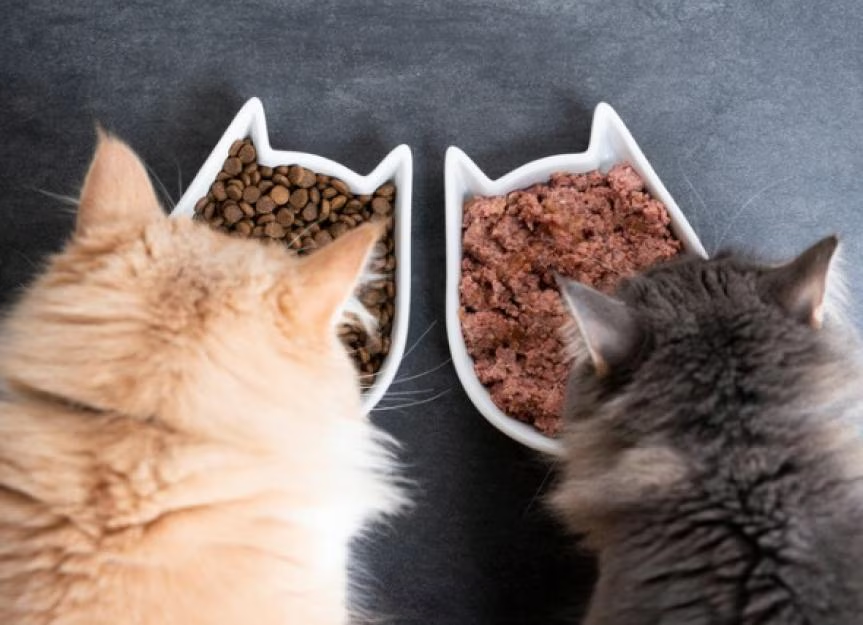Feeder‑Robot by Whisker: The Smart, Reliable Automatic Feeder That Pet Parents Can Trust
If you’re juggling busy days, frequent travels, or just want more consistency in your pet’s diet, the Feeder‑Robot by Whisker offers a high-end, dependable solution. Designed by the makers of the Litter‑Robot and made in the USA, this smart feeder blends thoughtful engineering with practical convenience. Here’s everything you need to know—from features and performance to real‑world feedback, training advice, and comparisons with other feeders.
Key Features at a Glance
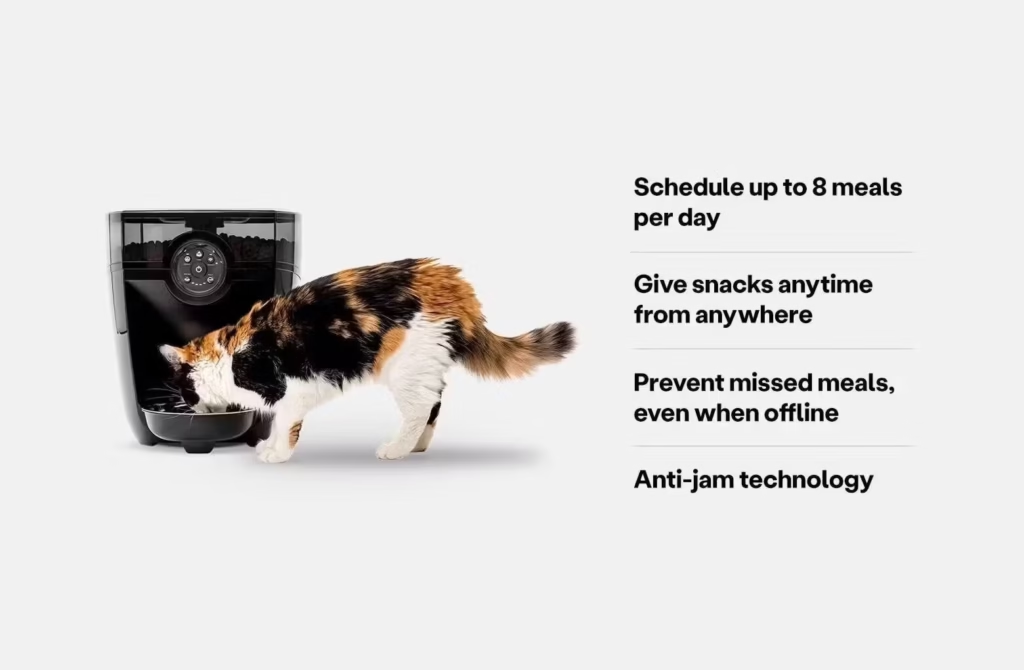
🕹️ App-Controlled Scheduling & Serving
You can program up to 8 meals per day, each delivering between ¼ to ½ cup, in 1/8‑cup increments. Choose scheduled feedings or a gravity mode (refills every 6 hours) to keep the bowl topped based on your pet’s habits. Scheduling via the Whisker app is intuitive, and you can also trigger meals on-demand for remote flexibility
🧱 Massive Capacity & Tamper‑Proof Hopper
The feeder holds up to 32 cups of dry or semi-moist kibble. If you use the optional hopper insert, capacity drops to ~25 cups but improves flow control. The auto-locking, tamper-resistant lid keeps food fresh—and curious pets out. Made from BPA-free plastics, the design is effective and pet-safe
🛡️ Anti-Jam Technology & Food Backup Detection
Whisker designed this unit to detect food backups and prevent jams using smart sensors. Even when offline, the stored feeding schedule continues, so meals aren’t missed because of minor glitches .
🔋 Backup Battery Support
Power outages happen—so this smart feeder includes either a pre-installed or sold‑separately backup battery (depending on model) to keep the feeder operating for up to 24 hours in power-saving mode. Once power returns, the feeder switches back seamlessly and recharges .
📱 Whisker App: Insights & Control
Schedule meals, monitor food levels, receive low‑hopper alerts, send your pet a snack from anywhere, and even export feeding data for vet visits or dietary tracking.
✅ Durable, Pet-Friendly Design
Weighing ~9 lbs, with a compact but stable footprint (~15″ H × 12.5″ D × 13″ W), this feeder resists tipping and chewing. Its removable bowl and hopper parts are hand-washable, and a cleaning brush is included. Chew-resistant power cord adds an extra layer of safety.
Deep Dive: How It Works & Real Use
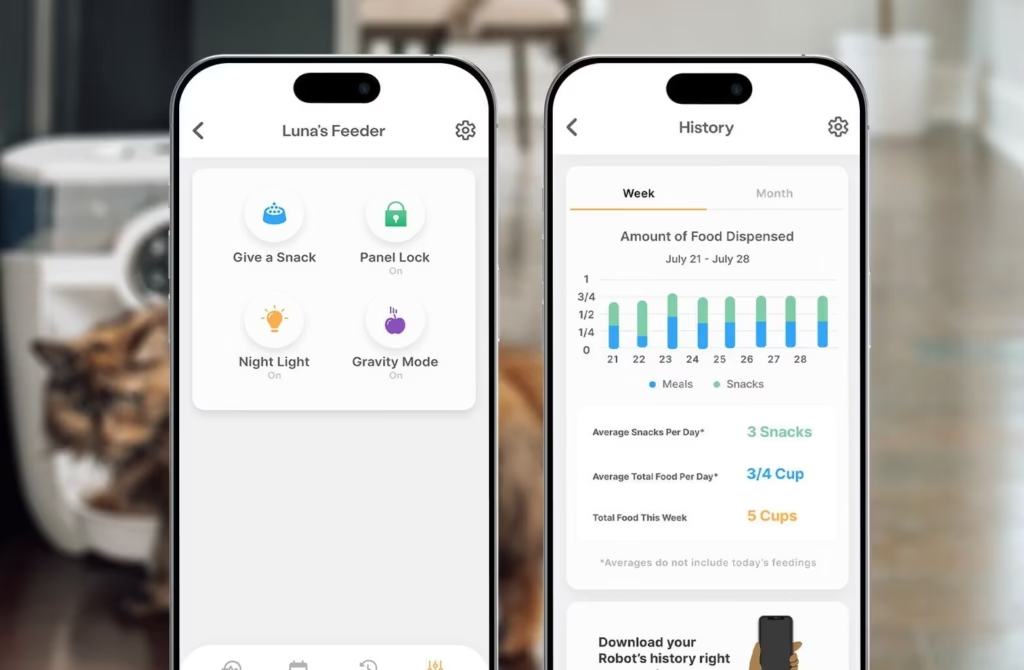
Quick & Intuitive Setup
As reported by TechnoMEOW, setup is painless: connect Wi‑Fi, register in the app, and start scheduling. You can also program manually via the keypad. Many reviewers highlight how quickly they paired and configured everything—often within 10–15 minutes.
Smooth, Reliable Dispensing
The anti-jam mechanism ensures meals go out like clockwork. Reddit users say even if the feeder loses connection, it still dispenses meals as scheduled. One user affirmed the reliability: “Our cats can’t push it around or knock it over … it has worked reliably for the past 2 years”
Feeding Behavior & Pet Acceptance
Users report pets adapt quickly: one reviewer shared that their cats accepted it right away, even though they’d been prone to tipping older feeders. Another mentioned that the transparent hopper made monitoring food levels easy and triggering replenishment effortless .
Real-World Feedback: Pros & Cons from Owners
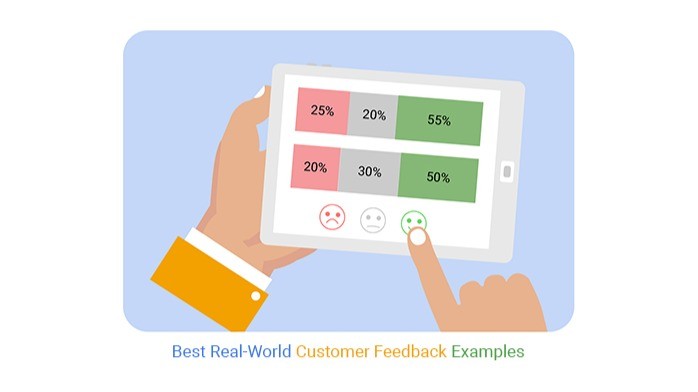
👍 Strengths
Consistent, precise feeding: Meals are delivered on time with accurate portions every time.
“Punctual and precise… portion measurements were spot on.”
Peace of mind: With backup battery and local memory, it feeds reliably even offline.
Safety-built: BPA-free material, chew-resistant cord, and secure lid give confidence.
Large capacity: Ideal for busy multi-pet households or infrequent refills.
Versatile control: App and physical buttons give flexibility.
⚠️ Considerations
Higher cost: At around $299, it’s pricier than many alternatives. Some users comment it’s expensive but worth it for dependability
Bulkier size: Takes up more room than compact feeders—something to note if space is tight .
No voice or tone cue: Unlike some feeders, it doesn’t play sounds to summon pets at mealtime .
Hopper insert issues: A few report misalignment or occasional jamming if food remains in the chute—best avoided by cleaning and rotation of kibble types .
Pros & Cons Summary
| ✅ Advantages | ⚠️ Considerations |
|---|---|
| App & unit control, plus meal scheduling up to 8 times daily | Higher price point (~$299) |
| Backup battery keeps meals on time during outages | Physically sizable unit takes more space |
| Holds up to 32 cups of food—great for reduced refills | No built-in sound or voice feature for calling pets |
| Anti-jam tech and backup detection minimize missed meals | Some experience with food flow issues if hopper isn’t monitored |
| Pet-safe, BPA-free materials with chew-resistant cord | Bowl is plastic—not dishwasher-safe or metal |
| Compatible with Whisker app ecosystem (Litter‑Robot users love this) | Battery inclu |
Who Should Buy the Feeder‑Robot?

Perfect for:
Owners with multiple pets or heavy eaters who need bulk capacity
Those who value precision portion control and data tracking
Tech-savvy users or Whisker ecosystem fans
Frequent travelers or households prone to power dips
Not ideal for:
Very tight spaces where bulky devices don’t fit
Homes with pets that prefer wet food (this feeder is dry/semi-moist only)
Shoppers on a tight budget—less expensive models offer basic scheduling but without backup power or anti-jam tech
Owners seeking voice prompts, sound cues, or webcams as part of feeding
Tips for Setting Up and Socializing Your Cat
Familiarization period: Begin with manual dispensing or by placing food in the bowl while pet observes.
Use gravity mode if needed: For pets who graze, gravity mode keeps bowl topped automatically every six hours.
Combine scheduled meals with manual feeding: Wet meals or treats during evening can supplement dry feeds.
Routine cleaning: Aim for monthly deeper cleaning, and weekly inspection of the chute to avoid residue buildup.
Portion control adjustment: Monitor mid-feed hunger cues; adapt portion size or frequency to suit your pet’s metabolism and weight goals.
Competitor Comparison
While other models may offer specific perks, here’s how Feeder‑Robot stacks up:
Vs Petlibro Granary / AIR: More precise scheduling and backup battery support—Petlibro is quieter and cheaper, though more complex to program.
Vs WOPET / ArfPet feeders: These may be simpler and cheaper, but lack anti-jam safety, app insights, or backup battery luxury.
Vs SureFeed RFID designs: Smart access control for multi-pet feeding—ideal but very high-cost and specialized. Feeder‑Robot excels in stability and automation instead.
Vs non-smart feeder timers: Tech-forward, app-based control and data tracking give Feeder‑Robot clear advantage for daily automation.
Bottom Line: Is It Worth It?
For pet parents who want reliability, precision, and seamless automation with smart backup features, the Feeder‑Robot by Whisker delivers. At around $299, it’s an investment—but one that brings real peace of mind. Its large-capacity hopper, anti-jam defense, meal tracking, and design quality match Whisker’s reputation. It’s especially strong for those already integrated into the Whisker (Litter‑Robot) ecosystem. If you value consistency over bells and whistles, this feeder is a top-tier choice.

